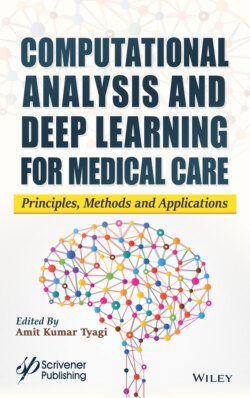Читать книгу Computational Analysis and Deep Learning for Medical Care - Группа авторов - Страница 23
1.2.9 DenseNet
ОглавлениеThe architecture is proposed by [9], where every layer connect directly with each other so as to ensure maximum information (and gradient) flow. Thus, this model with L layer has L(L+1) connections. A number of dense block (group of layers connected to previous layers) and the transition layer control the complexity of the model. Each dense block adds one channel to the model. Transition layer is used to reduce the number of channels by using the convolutional layer of size 1 × 1 and reduces the width and height of the average pooling layer by a factor of 2 and with a stride of 2. It concatenates all the output feature map of previous layers along with incoming feature maps, i.e., each layer has direct access to the gradients from the loss function and the original input image. Further, DenseNets needs small set of parameters as compared to the traditional CNN and reduces vanishing gradient problem. Figure 1.10 shows the architecture of DenseNet, and Table 1.10 shows various DenseNet architectures.
Table 1.8 Comparison of ResNet-50 and ResNext-50 (32 × 4d).
